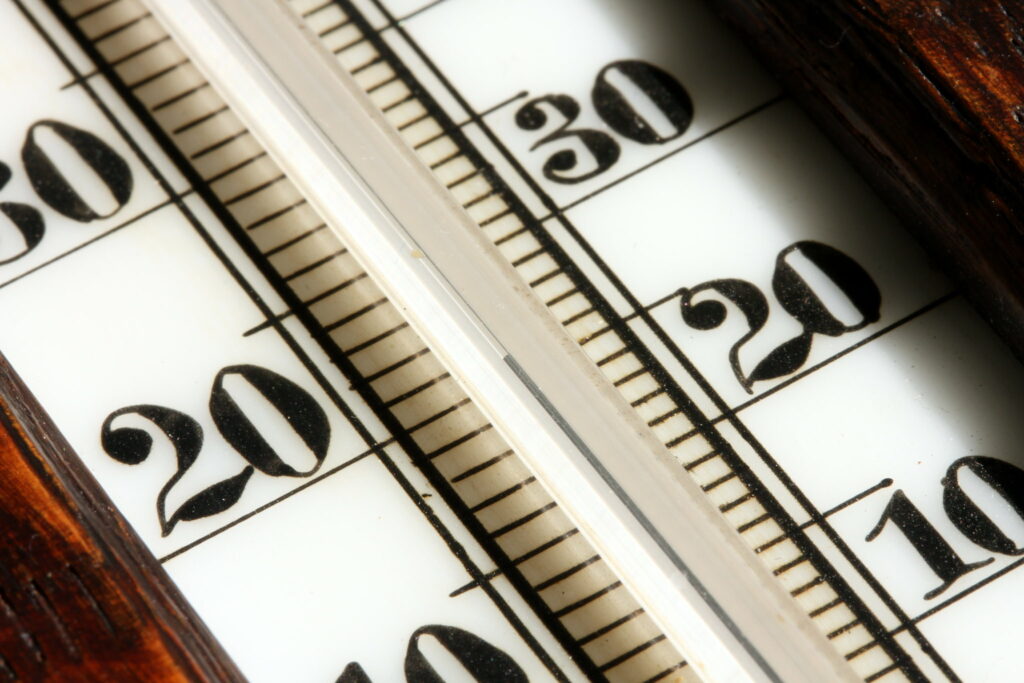September 2020 was the warmest on record globally, according to the European Union’s Earth Observation Program. It was 0.05ºC hotter than that of last year, which had set the previous record high for the month. For scientists, it’s a clear sign of temperatures being driven up by man-made emissions.

This year has already seen three record-breaking months — January, May, and September, with June and April, virtually tied for first place — the Copernicus Climate Change Service reported. For the 12-month period through September, the planet was nearly 1.3ºC above pre-industrial levels.
That is alarmingly close to the 1.5ºC threshold for severe impacts detailed in a major 2018 report by the UN’s climate science advisory panel, the IPCC. The Paris Agreement calls for nations to cap global warming at “well below” 2ºC, under 1.5ºC if possible. So far, the Earth has warmed on average by 1ºC.
Nineteen of the last 20 years are the warmest since accurate readings began in the late 19th century. This year is also projected to break a temperature record, despite an initial drop in emissions due to the pandemic. Since the late 1970s, the global thermometer has risen 0.2ºC every decade, according to EU data.
The elevated heat globally in September contributed to record wildfires in California and Australia. It also helped fuel the hottest temperature on record, a searing 54.4ºC (130F) in Death Valley. And it helped fuel the torrential downpours that flooded the south of France with more than half a meter of rain in a day.

Across Europe, average temperatures this September reached a record high, about 0.2°C warmer than the previous warmest September. Much of the continent saw above-average temperatures, especially southeastern Europe. Meanwhile, the Siberian Arctic was also subject to warmer than average temperatures.
The Copernicus service also monitors sea ice on a monthly basis and their data confirm that the average Arctic sea ice extent for September was the second-lowest recorded, after September 2012. In the Arctic, sea ice extent has declined markedly since 1979, when satellite observations began.
The trend can be seen for all months of the year but especially in September, the time of year when the ice cover reaches its annual minimum. Due to climatic factors, the typical annual cycle of sea ice is to decline from early spring until late summer when it reaches the minimum extent for the year, usually in September.
Carlo Buontempo, Director of Copernicus Climate Change Service at ECMWF, said in a statement: “In 2020, there was an unusually rapid decline in Arctic sea ice extent during June and July, in the same region where above-average temperatures were recorded, preconditioning the sea ice minimum to be particularly low this year.


